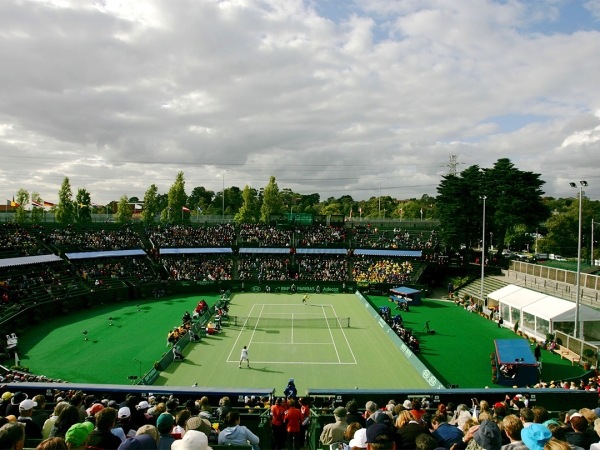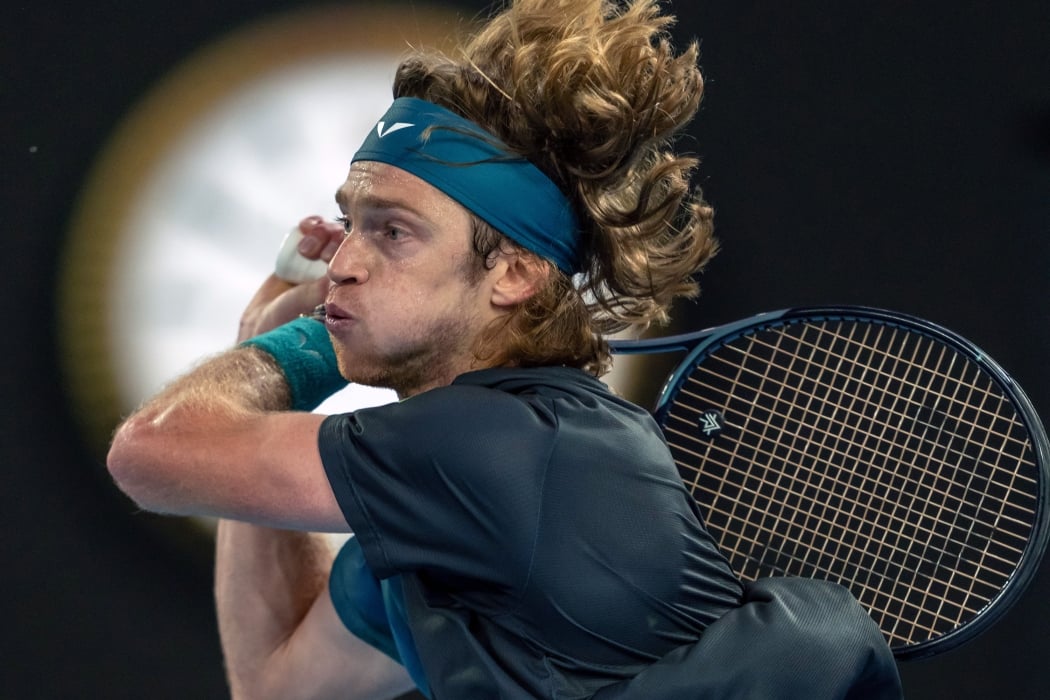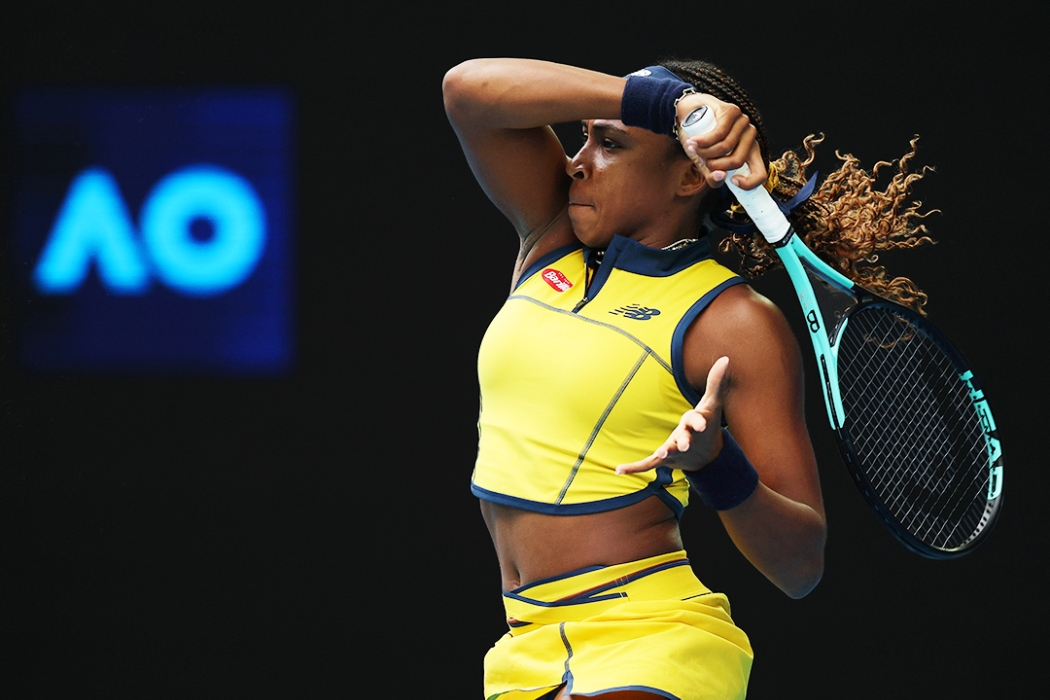In his 60th consecutive Australian Open, as either a competitor or a commentator, you could say that Allan Stone’s tennis career has come full circle.
Stone’s passion for the sport was sparked when, as a budding young player in country Victoria, he listened to a broadcast of a match featuring Australian legend Lew Hoad.
MORE: All the results from Australian Open 2024
“I got a tennis racquet for Christmas. I think I was about eight years old,” said Stone, who is known fondly to many as ‘Rolling’.
“I was listening to tennis on the radio [and] Lew Hoad captured my imagination. I became a big fan of Ken Rosewall too.”
Some 70 years on, and with his love for the game stronger than ever, Stone is now that voice in the commentary booth.
Following a successful playing career that included his own Australian Open glory – winning the 1968 men’s doubles title with Dick Crealy and lifting the 1977 trophy alongside Ray Ruffels – he is now a regular presence on AO Radio and in Tennis Australia’s host broadcast commentary.
Stone was also a mixed doubles finalist with Margaret Court in 1968 and a singles semifinalist at his home Grand Slam in 1972.
BONUS: Download your copy of the Australian Open 2024 Official Program
“I don't know what I'll do whenever I don't come to the Australian Open in January,” he laughs.
“I still love coming every day… It’s not a difficulty or a work-related thing for me. I’ve enjoyed every day of the 60 years.”
Stone has especially enjoyed being a part of some transformational times in the sport.

The Victorian recalls the time when the Australian Open – known before open tennis as the Australian Championships – was staged in different Australian cities each year.
“It would alternate between Brisbane, Sydney, Melbourne and Adelaide,” he relates.
With his own playing career spanning both the amateur and professional eras, Stone was grateful to be a part of a game-changing period for the sport.
“Our first open [Australian Open] was in 1969 and prize money was now offered … it gave players like myself the opportunity that if we practised hard and worked hard, we could actually make a living out of the game. I ended up playing tennis until the mid-70s.”
Even then, however, a professional shift was underway. The Melburnian explains he was “getting near the end of [his playing] career” when his commentary career began.
Teamed with legendary commentators Peter Landy and Garry Wilkinson, he was part of a revolutionary telecast when each match of the Australian summer tournaments was televised live in a seven-week period throughout December and January.
“What that did, I feel, was really put tennis back on the map,” Stone said. “I think playing a part in the resurgence of tennis in Australia is something that I look back on fondly.”
There have been countless standout memories made in the years since.
Stone recalls the Australian Open 1993 final, when Monica Seles recovered to beat Steffi Graf in an extraordinary battle between the world’s top women, as one of the best. “It was the most fantastic tennis you've ever seen,” he recalls.
“There’s been so many great matches and cliffhangers over five sets,” adds the long-time commentator, making a favourite men’s match harder to name.
One man who is prominent in his memory bank, however, is fellow Melburnian Pat Cash.
In the final edition of the Australian Open staged at Kooyong, in 1987, Cash fell to Sweden’s Stefan Edberg in a five-set final.
Cash was a finalist against when the Australian Open moved to Melbourne Park the following year, but lost another epic five-setter to Mats Wilander.

Another standout match, for different reasons, was when John McEnroe was defaulted from his fourth-round match against Mikael Pernfors in 1990.
“We could see as we watched John play that he was about to erupt,” Stone reflects. “And sure enough, he did … that was an epic thing to see.”
Fast forward several decades and Stone is simply astonished at the changes he’s seen.
Uncovered spectator stands have made way for shaded seating and corporate entertainment. Interviews once conducted as casual chats over a drink in the clubhouse are now formal interviews in big media rooms. The days of standing during changeovers (“We had no chairs!” Stone laughs) are long gone.
What hasn’t changed, however, is the tremendous sense of camaraderie that’s revived each summer.
“Tennis is like a community, you see the same people when they come back, you haven't seen them for a year and it's like I was talking to them yesterday,” Stone remembers with a laugh.
“There are so many commentators that were players, and we all talk about how good we were - we get better each year!
“I've enjoyed it all - I don't know where the time has gone to be honest. It’s just been a fantastic career.”

